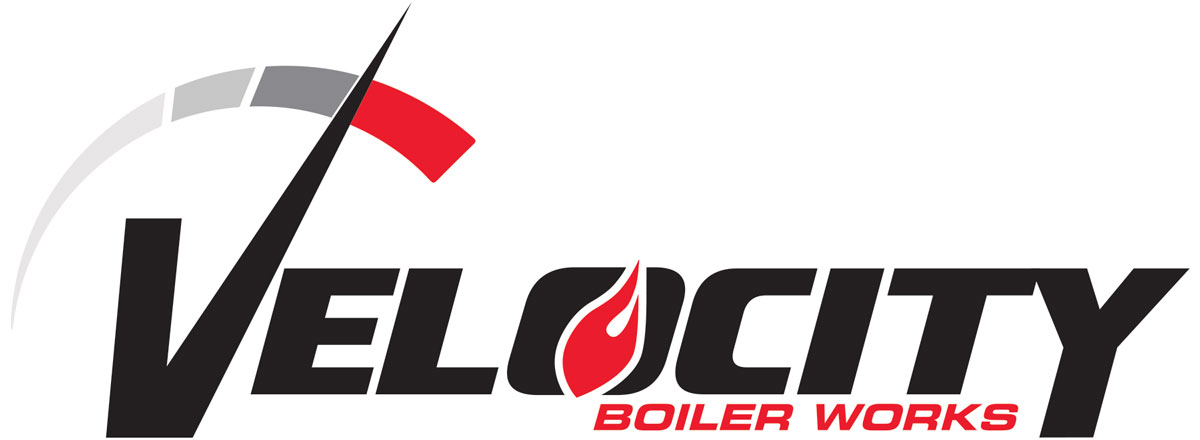Heating with hydronics provides a wide variety of advantages and utilizations. From increasing the comfort in customers’ homes to providing them with all the hot water they’ll need to handle that new whirlpool bath, hydronic systems can provide it all!
Among the many benefits hydronic systems offer, let’s look first at comfort and efficiency. A home featuring a hydronic system can be zoned to provide a more comfortable living space. Zoning allows you to separate various living spaces within the home and deliver heat only to those areas that need it, when they need it. You can divide a heating system into as many zones as you need to provide the desired level of comfort.
Zoning can be used with either baseboard or radiant applications. The process is relatively easy. You create separate heating loops of usually ¾ inch plastic or copper tubing as supply and return lines to the zones. These are connected to their own circulators or zone valves, which in turn are controlled by individual thermostats in each zoned space. The children can be toasty warm in their playroom while the bedrooms remain cooler when unoccupied. All the while, the kitchen and dining room are set to appropriate comfort levels. In addition to the comfort benefits, zoning saves a great deal of energy.
A home heated by hydronics can have excellent indoor air quality. One reason is that the system uses the natural convection movements of heated air to distribute heat – it’s not “blowing” air to other parts of the house. This tends to create a friendlier environment for those who are bothered by particles in the air. Particles and dust have a chance to settle out of the convected stream of air because it moves so slowly.
There have been many advances in hydronic system controls. Outdoor reset controls are some of the easiest to apply and use. Heating systems are sized to keep the home warm at the worst possible conditions for the region, which don’t often occur. With outdoor reset controls, you can adjust the supply temperature of the water from the boiler to the radiation in the home in relation to the outside air temperature. This will allow the system to operate at peak efficiency and deliver the proper amount of heat to the home at any given time.
As the outside air temperature increases, the supply temperature to the system will decrease in a proportional amount that has been predetermined and set into the reset control. This allows the heating units to deliver heat longer but at a lower output. This means there’s a gentle flow of heat being delivered that matches the heat loss, eliminating or reducing temperature swings. The longer on cycles also mean that the cold outside walls are bathed in heat for longer periods, reducing the effect of bodies radiating heat to those cold surfaces.
With a hydronic system, you can use the boiler’s energy to meet other needs in the home as well. For instance, you can add an indirect water heater to the system to provide a plentiful supply of domestic hot water. Designating the indirect water heater as a priority zone (i.e., a zone that is satisfied before any other zone in the system) will allow you to properly size the boiler to meet both the heating and hot water needs of the home.
In addition to providing indoor comfort, heat, and hot water, a hydronic system can be used to provide outdoor comfort and convenience as well. With the aid of a heat exchanger, for instance, the boiler can efficiently heat a pool or spa.
Your customers don’t like shoveling snow? Want to keep walkways and driveways free of ice to keep them safe? Create another zone by running some plastic tubing under the concrete and connecting it to the boiler to keep the surface warm during snowfall.
Hydronic towel warmers can easily be added to bathrooms. Not only do they add a decorative touch, but they can also be the primary radiation used to heat the bathroom. And who wouldn’t want to wrap themselves in a nice warm towel on a cold January morning?
You can also keep rooms and floors warm by adding zones under floors with plastic tubing. Radiant floor heating is one of the most exciting and fastest-growing segments of the hot water heating industry. Homeowners and new home buyers are asking for it. You can give them the comfort they want because radiant systems are easy to design and install. Manufacturers and most wholesalers will show you what to do.
The beauty of hydronic systems is that they provide a great deal of flexibility – you aren’t limited to any one of the options discussed here. The options are easy enough to design into the system and can be mixed and matched to provide exactly what the homeowner wants. All it takes is a little education to meet and exceed the homeowner’s needs. Learning about hydronics is an ongoing process – it doesn’t stop after you finish the introductory course. Once you’re armed with the initial knowledge, you’ll continue to learn about the benefits hydronic systems can offer. You’ll also learn more about the exciting array of options you can add to basic systems to create unique heating solutions in the ever-evolving field of hydronics.

